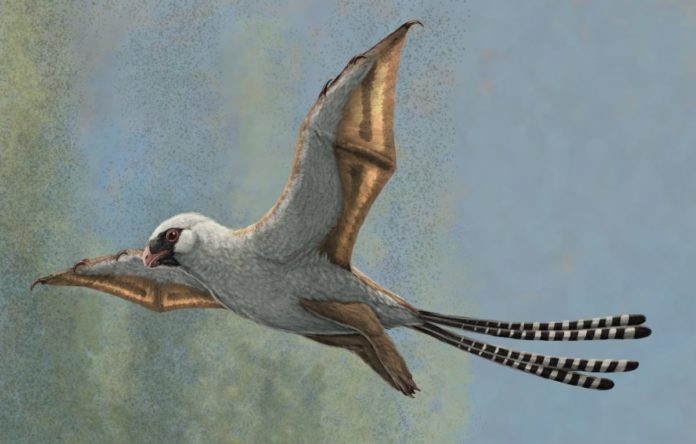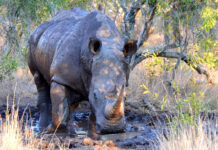Scientists can trace the origins of modern-day birds back to two-legged dinosaurs known as theropods, pinpointing evolutionary steps along their way to full-fledged flight. But it turns out that dinosaurs likely gained the ability to fly in several different ways before modern-day birds evolved — and some airborne dinosaurs weren’t particularly good at it.
A recent study published in iScience investigated how two tiny winged dinosaur species known as Yi qi and Ambopteryx were likely to have made their way through the skies. They found that unlike many other winged species, these dinosaurs struggled to fly and instead relied on a unique form of gliding to get around.
“What this shows us is that at least one lineage of dinosaurs experimented with a completely different mode of aerial locomotion,” said Hans Larsson, director of McGill University’s Redpath Museum and co-author of the study.
To determine exactly how these winged creatures travelled through the air, the researchers used a special technique known as Laser-Stimulated Fluorescence to scan Yi qi and Ambopteryx fossils. This technique allowed them to study the soft tissues of the fossilized wing membranes which wouldn’t normally be visible with regular light — feather filaments, for example. The analysis revealed wings that were both feathered and membranous, similar to modern-day bats.
The authors then used mathematical models to determine how these wings could have been used, taking into accounts factors such as the weights of the dinosaurs and the sizes of their wingspans. The models showed that both species were very unlikely to have been able to take off from the ground and achieve true flight, instead favouring non-powered modes of gliding.
“[These dinosaurs] didn’t have adaptations to even get close to the physical thresholds for powered flight, but their weird membranous wings do give them enough of an aerofoil to have glided,” Larsson explained.
Several other species, such as some squirrels and lizards, also have the ability to glide. But the authors believe that these dinosaurs managed to glide in a novel way that hasn’t been observed before, taking advantage of their very large wing membranes to travel through the skies.
Unfortunately for Yi qi and Ambopteryx, though, gliding isn’t particularly efficient. It requires the animals to be at a high point in the first place, and doesn’t allow them to travel far distances in the air. Due to this, Yi qi and Ambopteryx likely found themselves unable to compete with other species present at the time (including some early birds), and went extinct in just a few million years as a result.
These results shed a new light on the evolution of airborne locomotion, pointing to numerous different routes on the path towards full-fledged flight.
“We used to think of birds evolving as a linear trend from their ground-dwelling dinosaur ancestry,” Larsson said. “We can [now] revise this textbook scenario to one that had an explosive diversity of experimentation.”







































